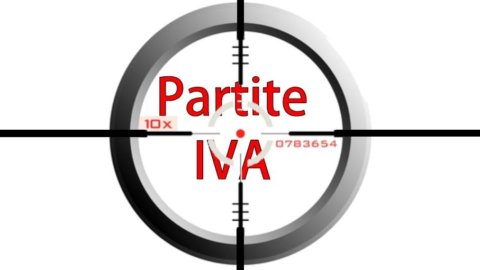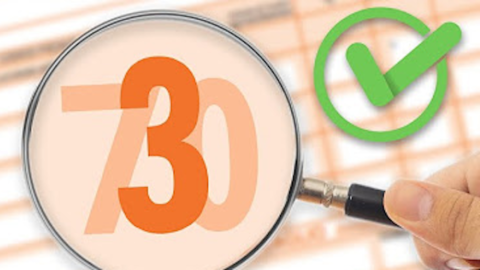VAT numbers and flat tax per turn. The flat tax for the self-employed, professionals and businesses is starting to take shape. The workhorse of the League has in fact been included in Maneuver and will lead to important changes from 2019. However, we'll tell you right away, the only change requested for years and loudly by VAT numbers doesn't exist. Which means only one thing: the tax burden on the categories concerned will remain at the current level, anchored at 41,8%. No reduction, but a simple reshaping of resources.
VAT NUMBER. FLAT TAX AND IRES: MANEUVERING RESOURCES
If the Government had decided to implement the flat tax following the promises made in the electoral campaign by Matteo Salvini to the letter, the cost of this measure (and this one alone) would have been around 50 billion euros. And instead the Maneuver for 2019 plans to allocate for the flat tax only 546 million euros.
It also finds space in the Budget Law the 15% cut in IRES on companies that invest their profits to purchase capital goods, permanently hire new workforce or strengthen assets. A measure that, however, involves the cancellation of the'Ace (Aid to the economic growth of businesses), i.e. the tax relief introduced in 2011 and used according to calculations by 1,2 million businesses. What is the difference between before and after? "It is a measure conditional on the allocation of profits to productive investments, which do not translate into a mere capital and financial strengthening of the company, as was the case for the ACE", explains the Government in the document sent to Brussels on 15 October
MANEUVER: CUTS TO REDUCTIONS
In addition to the Ace, the maneuver also provides for the farewell to IRI, the new tax on the income of entrepreneurs which should have been triggered in 2019. Numbers in hand, with the Budget law over two billion will therefore be cut from businesses, money that however, in the intentions of the governments, they will be compensated “by the introduction of the flat tax which envisages a more favorable rate for small businesses and self-employed workers and is accompanied by the facilitated taxation of reinvested profits for businesses”. In reality, according to the experts, the balance for the categories concerned risks being negative, i.e. it will be cut more than what will be granted.
VAT NUMBER AND FLAT TAX: THRESHOLDS AND RATES
As far as the actual flat tax is concerned, the cover for VAT numbers seems to be much shorter than promised months ago.
Going into detail, the self-employed, businesses and professionals with revenues of up to 65 thousand euros will be able to count on a reduced rate of 15%. Beyond this threshold everything remains as it is. There is no much acclaimed second threshold of 100 thousand, within which, according to the intentions of the Executive, an additional rate of 5% would have had to be paid. However, the last word has not been said given that the Maneuver still has to face the parliamentary process during which both the audience of interested parties and the established revenue threshold could change.
MANEUVER: THE CUT OF THE IRES
Ires at 15%. The income tax of companies investing their profits in research and development, capital goods, etc. it will therefore be reduced by 9% from the current 24%. As mentioned, with this cut, Ace will retire, which is nothing more (or rather was) than a tax break for companies that decide to reinvest their profits in the company.
Lastly, the budget law introduces green IRES, a tax incentive for companies that reduce pollution by using production techniques with a lower environmental impact.





